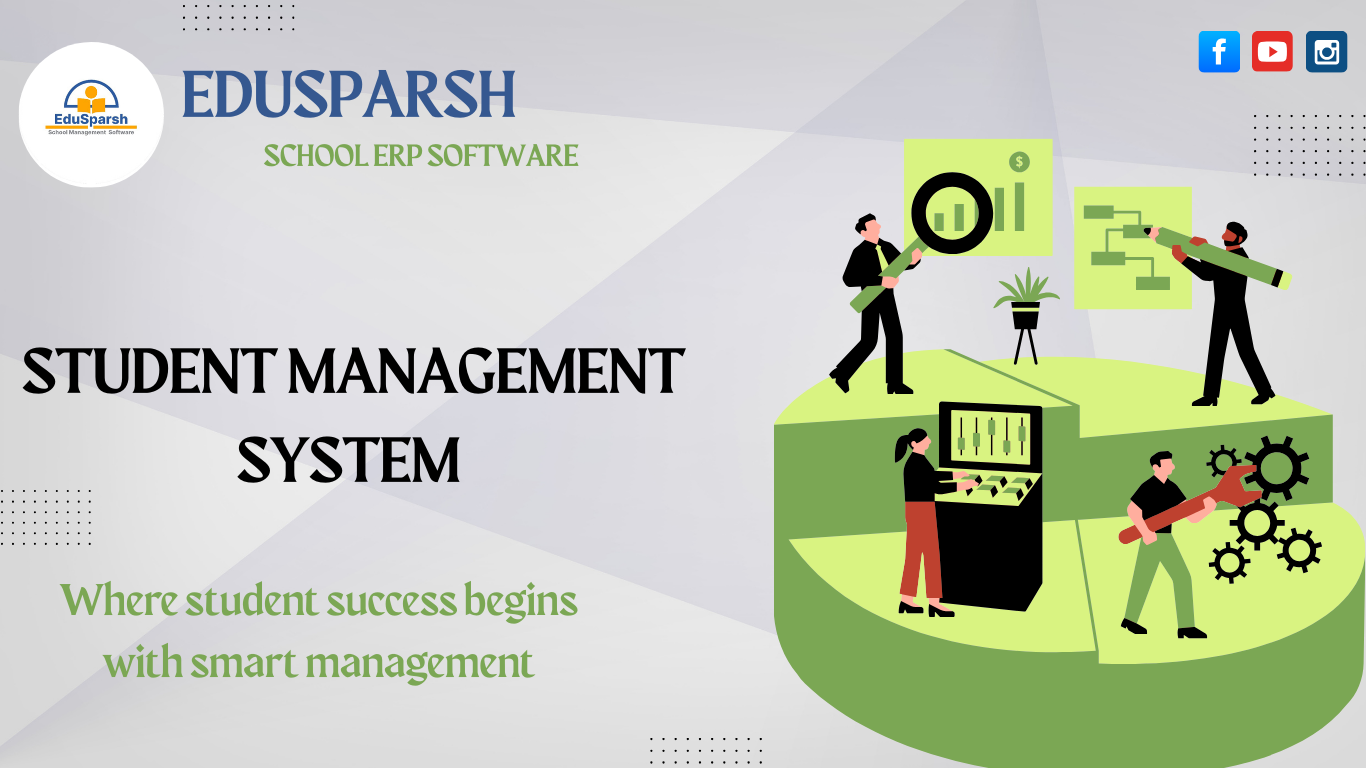



Student Management System
What is a Student Management System?
A Student Management System (SMS) is a digital platform that helps educational institutions efficiently manage and organize student-related data and activities. It centralizes information like admissions, attendance, grades, timetables, performance reports, and communication with parents.
This system streamlines administrative tasks, reduces paperwork, improves accuracy, and allows teachers and staff to focus more on student development. It also enhances communication between schools, students, and parents through online portals and mobile apps.

Why Do We Need Student Management Software?
Student Management Software is essential for modern educational institutions to efficiently manage and streamline administrative and academic processes. It centralizes student data, including attendance, grades, admissions, and communication, reducing the need for manual record-keeping and minimizing errors.
With real-time access to information, teachers, administrators, students, and parents can stay informed and connected. The software also enhances productivity by automating routine tasks like fee collection, report generation, and timetable scheduling.
Ultimately, it helps institutions operate more effectively, improves decision-making through data insights, and creates a more organized and transparent educational environment.
In essence, Student Management Software helps educational institutions operate more smoothly, saving time and resources while providing better service to students and parents.
Centralized Data
Store and access all student information (admission details, grades, attendance, etc.) in one place.
Time Efficiency
Automates daily administrative tasks, saving valuable time for teachers and staff.
Improved Communication
Facilitates real-time updates and communication with parents and students via SMS, email, or apps.
Better Performance Tracking
Monitors and reports student progress, identifying areas that need improvement.
Enhanced Security
Ensures safe storage of student data with secure access controls and backup systems.
Accurate Attendance Management
Tracks attendance automatically, minimizing errors and improving accountability.
Customizable Reports
Generates tailored reports for students' academic performance, behavior, and more.
Streamlined Scheduling
Simplifies timetable management and prevents scheduling conflicts.
Paperless Environment
Reduces the need for physical records and documentation, promoting eco-friendly practices.
Scalability
Supports growth as the school expands, accommodating more students and data.